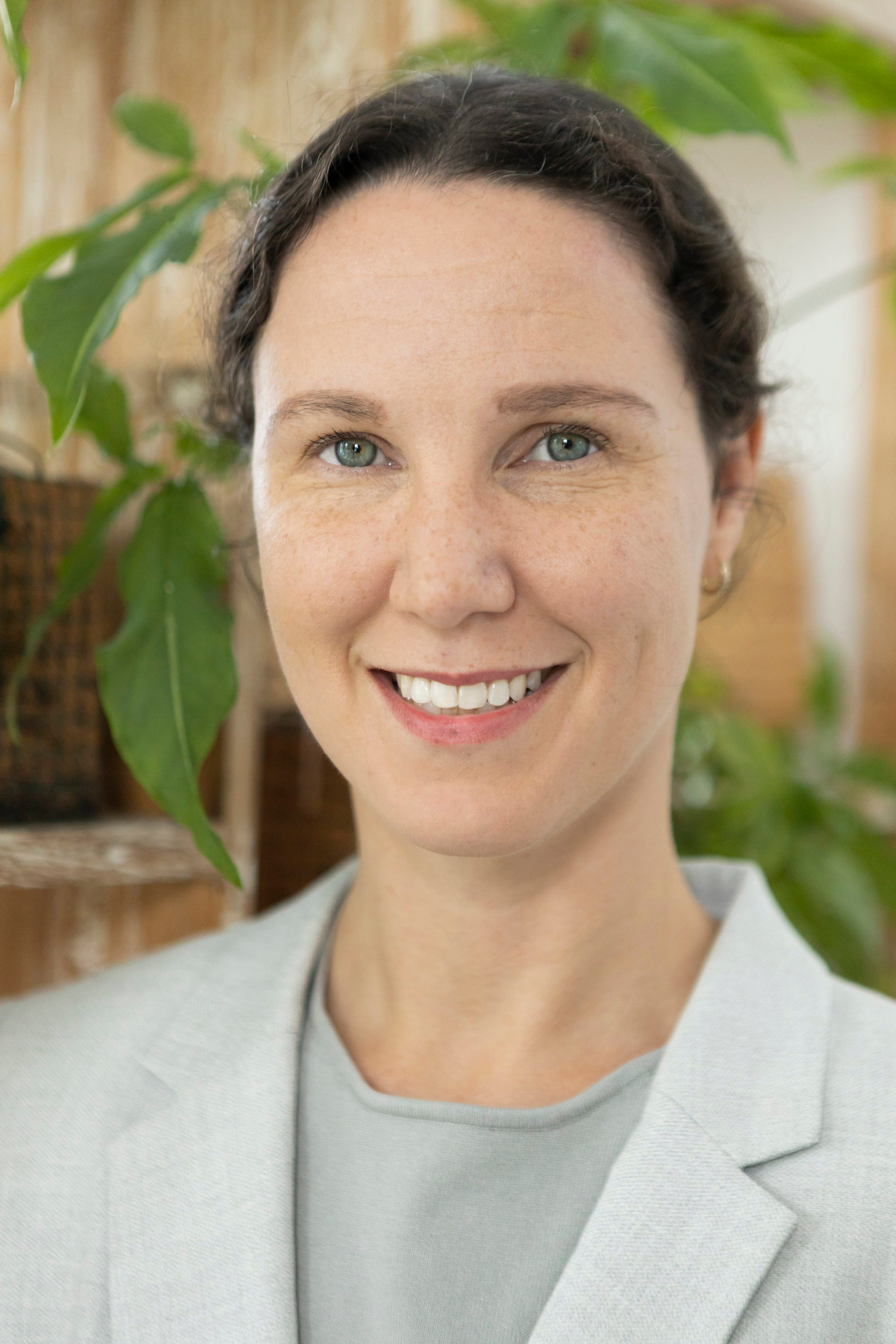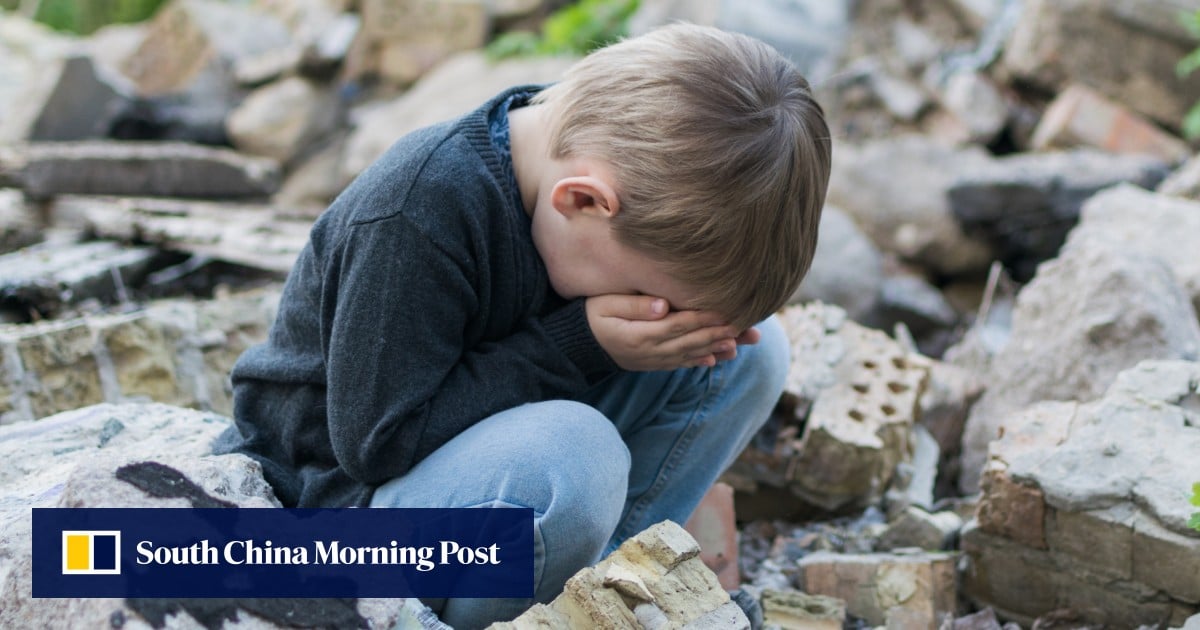Early experiences and relationships with parents and carers can profoundly affect our emotional and psychological well-being as adults.
“Often, the inner child didn’t experience secure attachment,” says Hong Kong-based clinical psychologist Dr Julia Andre, referring to the bond that grows when a carer is emotionally present, responsive and available, giving the child what they need when they need it.

In therapy, Jenny recognised that her childhood emotional needs had gone unmet. Yet, like many others, she grappled with understanding what those needs truly entailed.
“People just don’t get it,” Andre says. “They understand the words in isolation – ‘emotional’ and ‘needs’ – but they don’t know what that looks like.”
Andre explains that after the basic needs for safety and security, there are five emotional needs:
-
Love and belonging – “Being able to connect and be accepted.”
-
Self-worth, self-esteem – “‘I am worthy regardless as a being, not just because of my doing.’ This is especially important for Hong Kong kids.”
-
Autonomy and control – “Either you have no control at all, or the opposite – too much autonomy, so we don’t get the guidance and direction that we need.”
-
Emotional guidance and direction – “This will also include some limits.”

Inner child work is about healing emotional wounds and childhood trauma.
Andre, who moved to Hong Kong in 2016 to study for her doctorate at the University of Hong Kong and now practices privately, co-authored a children’s book, Emotional Needs: Develop Resilience and Learn Emotion Regulation Skills with Alex, that was published in December 2023. Although it is aimed at six- to nine-year-olds, she often recommends it to her adult clients, especially those deeply wounded.
“They often don’t know what their emotional needs are and what to say to their inner child because it’s so foreign to them and they never had a good role model,” she says.
Andre’s therapeutic approach often begins with “reparenting” – standing in as the trusted, honest and reliable parent the client may not have had – and gradually handing over more autonomy so that the client can “parent” for themselves.
Clients often say that learning how to meet the needs of their inner child is like a “parenting licence”.
Now I know where my people-pleasing comes from and I’m better at putting down boundaries
Andre says that if a person can break through the “transgenerational trauma” – when parents’ traumatic experiences affect the development of their children, and even grandchildren – they can heal their own inner child.
Jenny had six sessions with a therapist, who used EMDR to help her work through issues around her critical and emotionally unavailable mother. The results were transformative.
“Now I know where my people-pleasing comes from and I’m better at putting down boundaries,” she says.
“Therapy is expensive, so I couldn’t have much more than that, but it was enough to get me started. I’m so glad I did this work, especially since I’m pregnant with my first child, so I hope it will help me be a better parent.”
A wounded inner child can also result from complex post-traumatic stress disorder (CPTSD).
It can happen to anyone who has been exposed to long-term trauma, but it is more often seen in people who experienced trauma at a young age or were abused by someone they thought they could trust, such as a carer.
Because of this, often the impact on the nervous system’s response to relationships becomes more deeply ingrained.
Although CPTSD is a hot topic worldwide, it isn’t included in the Diagnostic and Statistical Manual of Mental Disorders, Fifth Edition – published by the American Psychiatric Association and the standard classification and diagnostic tool for mental disorders – which only includes PTSD.
“The diagnosis doesn’t even exist,” Andre says. “It is still something quite new. I hope they are going to do something about that.”

Andre says she has noticed a significant shift in her clients’ knowledge of trauma issues. Previously, they arrived at her office knowing little about the conditions with which they struggled, such as chronic depression and anxiety. Now, they come well informed and armed with the correct vocabulary, mostly thanks to social media.
“They say, ‘I’ve read about this and think I have CPTSD.’ They even use terms like ‘Little t trauma’ [trauma caused by distressing but non-life-threatening events]. Remarkably, their self-diagnoses are often accurate,” Andre explains.
“There’s a wealth of information available – not just in English but also in Chinese and Korean. People are connecting the dots, realising they’re not OK, and seeking answers for their present struggles.
“Today’s generation is unique. They are still in the trauma but can see it. You need to work through this to break that transgenerational trauma. Already, the next generation will have trauma-informed parents. Even if they didn’t fix everything, they know about that.”

